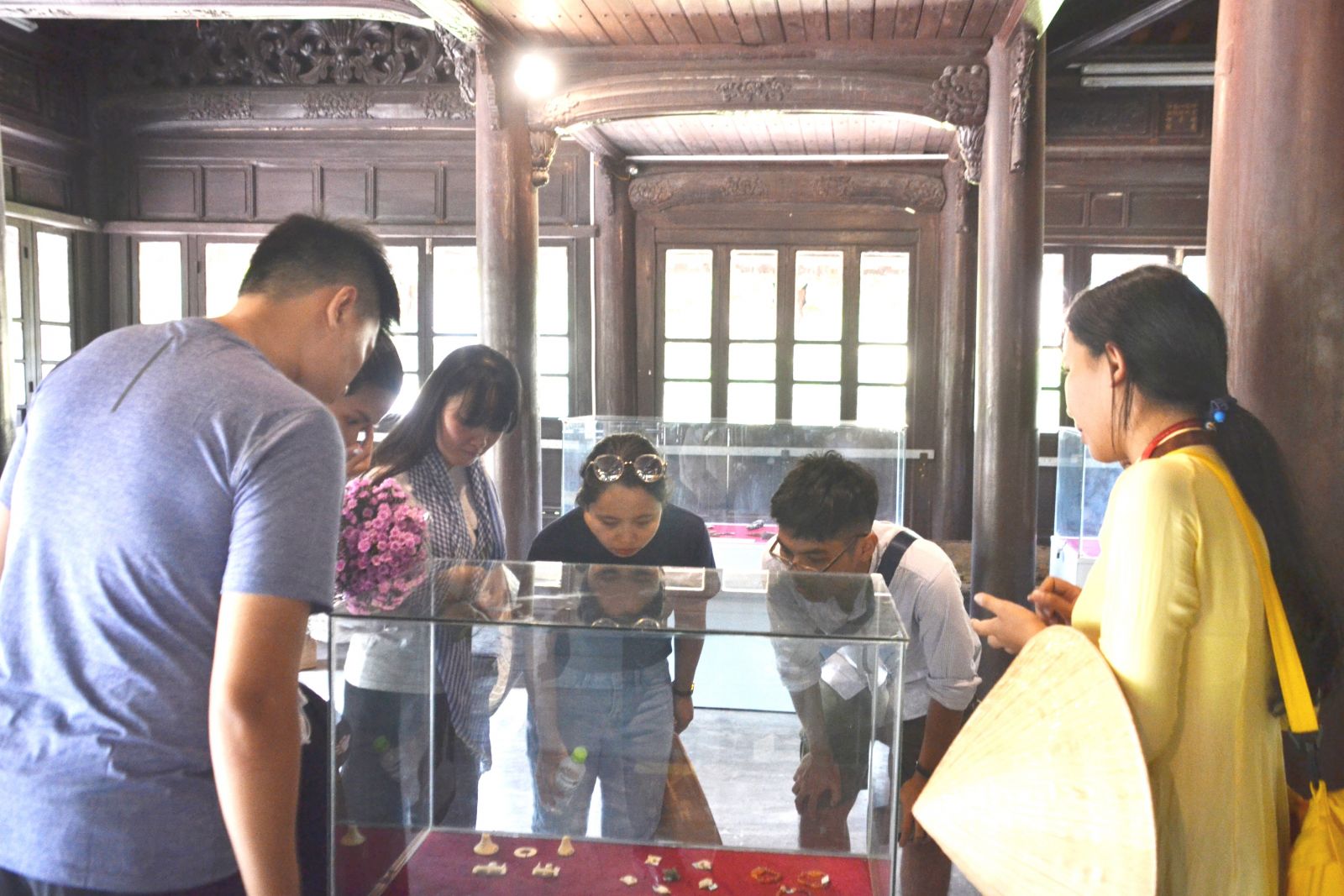
Hue Museum of Royal Antiquities. Photo: Duc Quang
Many people sighed because once again Vietnamese antiques could not be repatriated. Many people regret not being able to bring the artifacts back to Hue – their homeland. However, there is a contrasting viewpoint that comes as a surprise.
"I wish the hat fetched at an extremely high price at the last auction and many other Vietnamese antiques would be picked up at the auction by foreigners and put in the hands of museums and collectors as famous as possible." That is the opinion of the researcher and antiquities expert Tran Dinh Son.
According to Mr. Son, Vietnamese antiques, which are important historical and cultural artifacts with very high value, need to be brought them back to Vietnam. Regarding the remaining ones, let people from all over the world buy and sell them, or even collect them; the higher prices the better; and in as famous collections as possible. This is the way to increase the value of Vietnamese antiques and culture in the world.
It is also a very good way to preserve Vietnamese antiques when they are in the hands of professional collectors and large museums. Wherever they are located, they are also "made in Vietnam" products.
On the other hand, according to the expert Tran Dinh Son, this mandarin hat is a precious, yet unimportant artifact. It was just a mandarin hat, and it was not clear to which mandarin it belonged. It is also possible that this hat was granted to a mandarin or an emissary by the king. The price is so high, and there is no need to repatriate it.
But the second thing in Mr. Son's comments is interesting. According to Mr. Son, we have many rare and precious antiques that have not been displayed yet. In Hue, there are extremely rare antiquities of the Nguyen Dynasty that are still stored in storage because a professional Exhibition Museum has not been built yet.
"So, what is the point of repatriating more when it takes a lot of money to win precious things back, but many of them are still lying dormant in the warehouse?"
Mr. Son's question startled many people. Indeed, we have thousands of precious artifacts still stored in the warehouse of Hue Museum of Royal Antiquities. After moving from Quoc Tu Giam, the artifacts of Historical Museum are still in storage, and it is unknown when they will be displayed again
Hue Museum of Fine Arts was established in 2018, and its warehouse has been packed up with paintings and statues bought from artists. So far, however, where to display them has still remained a question. Thousands of Champa and Hue cultural artifacts were collected 40 years ago by Hue Museum, but they have not been found since the Hue Cultural Museum became a part of the Center of Information and Culture.
With the harsh weather of Hue, especially when the conditions for preservation were not qualified enough, the artifacts is put at high risk of damage if they stay in the warehouse for a long time, not to mention the risk of loss.
"The antiques should not be repatriated if we bring them back home, but leaving them in a shabby warehouse without ensuring their preservation or putting them on display and promoting,” said Mr. Son.
By Minh Tu